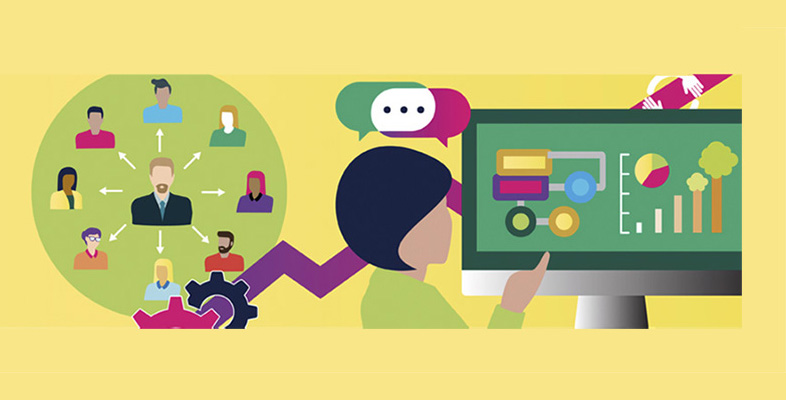7.1 Authenticity and credibility of secondary data
As a researcher, using secondary sources of information means subjecting the data to your own interpretations and analyses. This is because, as previously discussed, secondary data is not produced with your research purpose in mind and therefore might need to be manipulated or processed before it is considered relevant to the research question.
If your chosen secondary evidence originated from your own organisation, or a large reputable company, there would be very little doubt about its authenticity. However, you may not be aware of who authored it and whether it has been altered. Similarly, you may not be able to verify if all the parties affected by the document had input into compiling it.
According to Scott (1990), once you have selected your secondary data, it is necessary to evaluate it for its authenticity and credibility. Will it stand up to comparisons with other sources of data on the same issue? For example, industry forecasts can come from a variety of sources − are your figures in line with those from another reputable source? If you are using a questionnaire from an earlier study, has the data been edited or copied? If it is a document, you may also want to question the author’s background and experience (Anderson, 2013).
